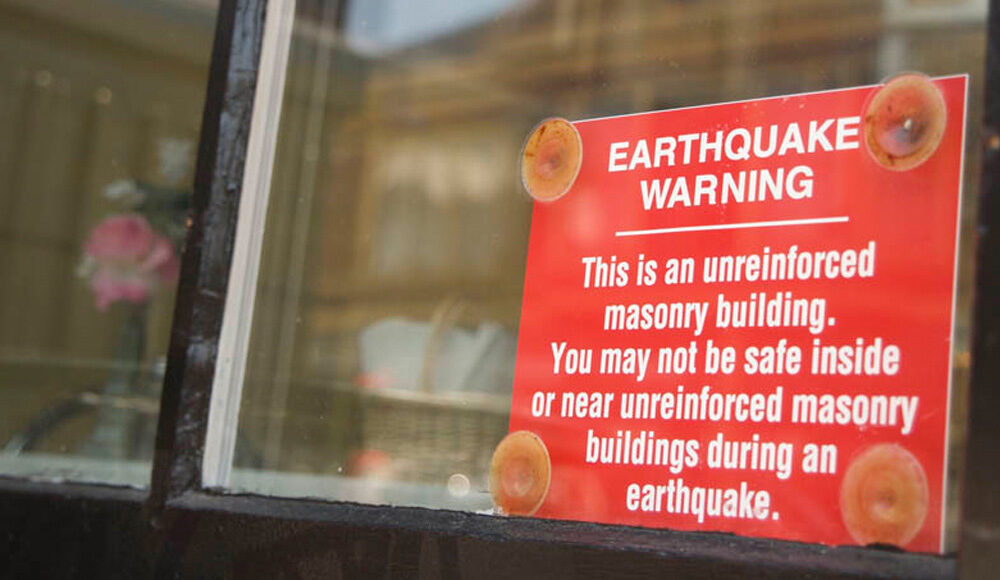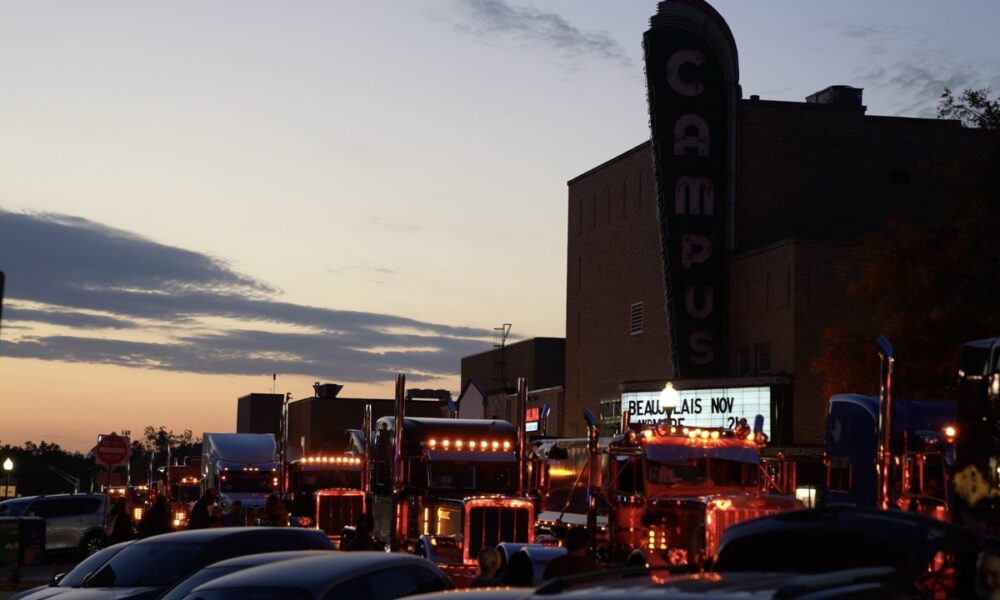URGENT UPDATE: The annual ShakeOut drill is highlighting critical steps for building earthquake-resilient communities, with experts warning that immediate action is necessary to prevent injuries during seismic events. Just this week, new insights from the Humboldt Historical Society reveal harrowing accounts from the devastating December 21, 1954, earthquake in California, where individuals like Mrs. Hess and Jeannie Thompson suffered injuries after rushing to safety.
During the ShakeOut, experts stress that most injuries occur when people flee during an earthquake. A study by Jim Goltz demonstrated that moving increases the risk of injury significantly, as seen in these historical accounts. With only a 30-mile distance from the epicenter, both women would have been safe had they remained still.
Why This Matters NOW: Recent data indicates that up to two-thirds of earthquake-related casualties stem from individuals running outside, often colliding with falling debris. The tragic story of a young mother during the 1994 Northridge earthquake underlines this point: a hurried sprint to her baby resulted in a fatal accident.
California has made strides in earthquake preparedness since the catastrophic 1933 Long Beach earthquake, which resulted in over 115 deaths and widespread school destruction. The response led to the enactment of the Field Act, establishing the first building codes focused on earthquake resilience. These regulations have since evolved, making contemporary K-12 schools among the safest structures in the state.
Despite advancements, challenges remain. Many older buildings, particularly in urban environments, lack the necessary retrofitting to withstand seismic activities. Notably, some temporary classrooms are not up to code, leaving students vulnerable. The need for vigilance in maintaining structural integrity is paramount.
What’s Next: Moving forward, experts stress the importance of education and preparedness. The ShakeOut emphasizes not only structural safety but also the human response to earthquakes. Training communities to stay put during tremors can drastically reduce the number of injuries and fatalities.
As communities engage in the ShakeOut, staying informed and practicing emergency protocols is critical. Lori Dengler, an emeritus professor at Cal Poly Humboldt and expert in tsunami and earthquake hazards, urges Californians to prioritize safety measures and prepare for future seismic events.
For those looking to learn more about earthquake preparedness, the Humboldt Geological Society is offering resources, including a free preparedness magazine titled “Living on Shaky Ground.”
As we reflect on these historical lessons, it’s clear: understanding how to react during an earthquake can save lives. Share this urgent message and encourage others to participate in the ShakeOut drill today.



